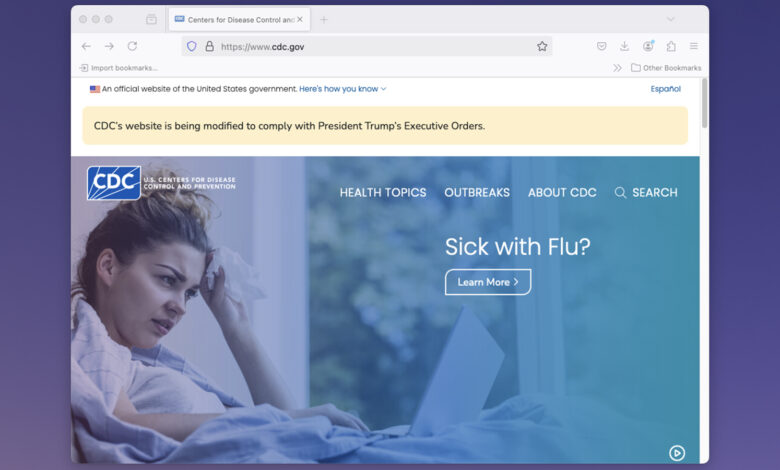Health
CDC Researchers Ordered to Retract Papers Submitted to All Journals

You don’t have permission to access “http://www.medpagetoday.com/opinion/faustfiles/114043” on this server.
Reference #18.69cfdb17.1738510779.2f9615a5
https://errors.edgesuite.net/18.69cfdb17.1738510779.2f9615a5



